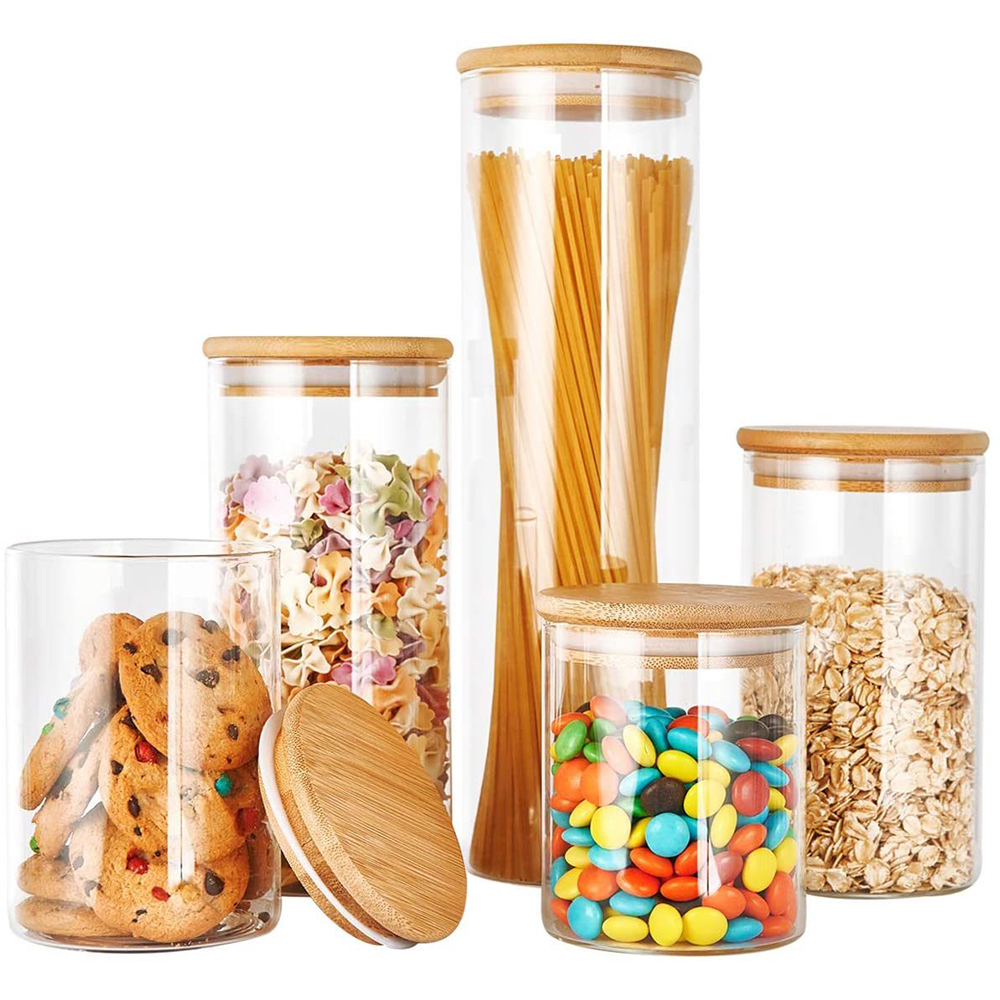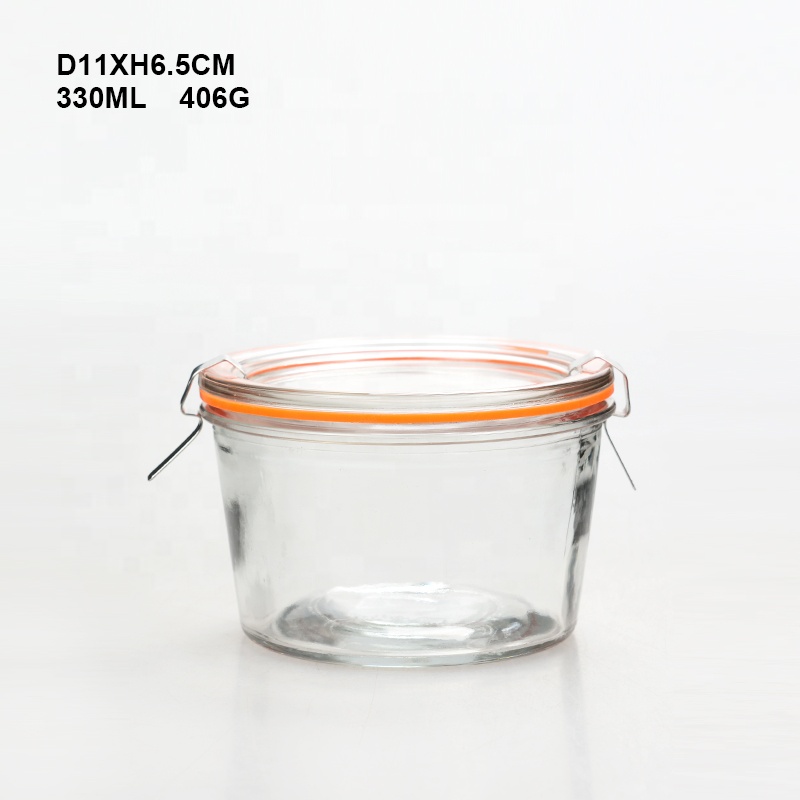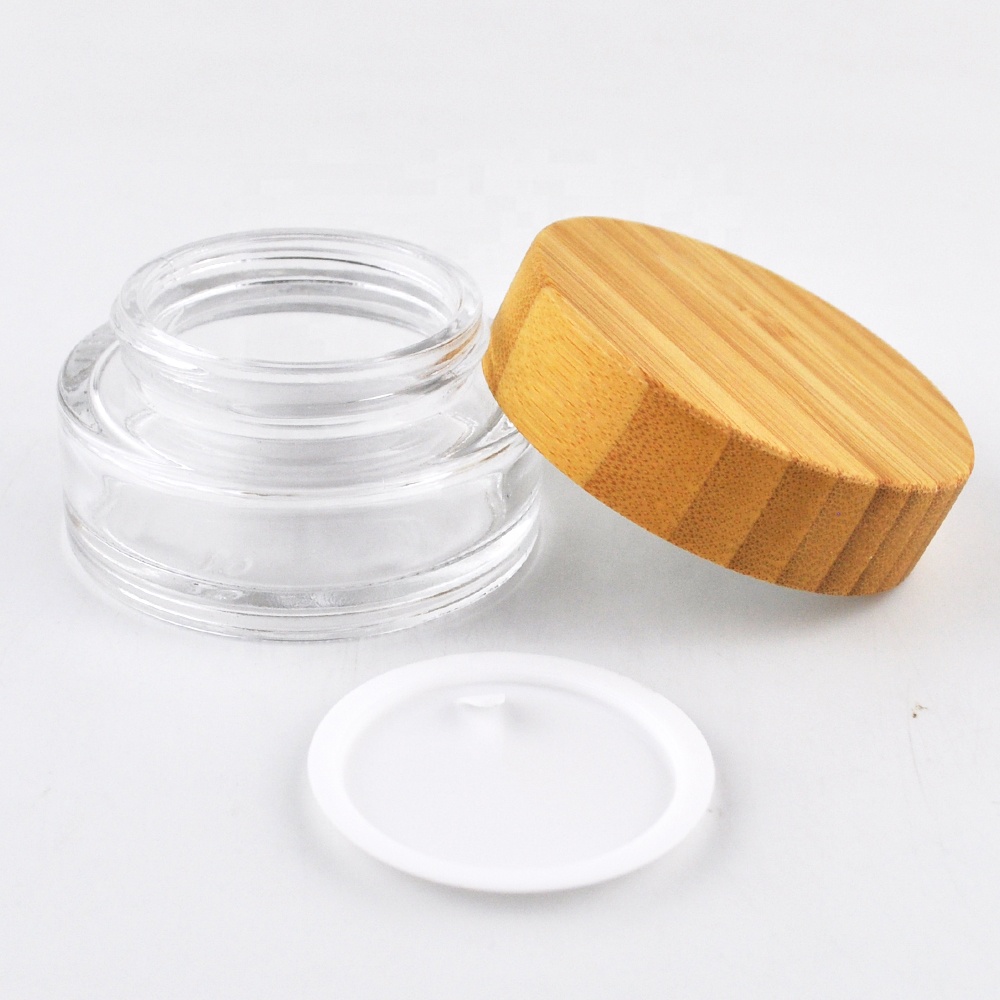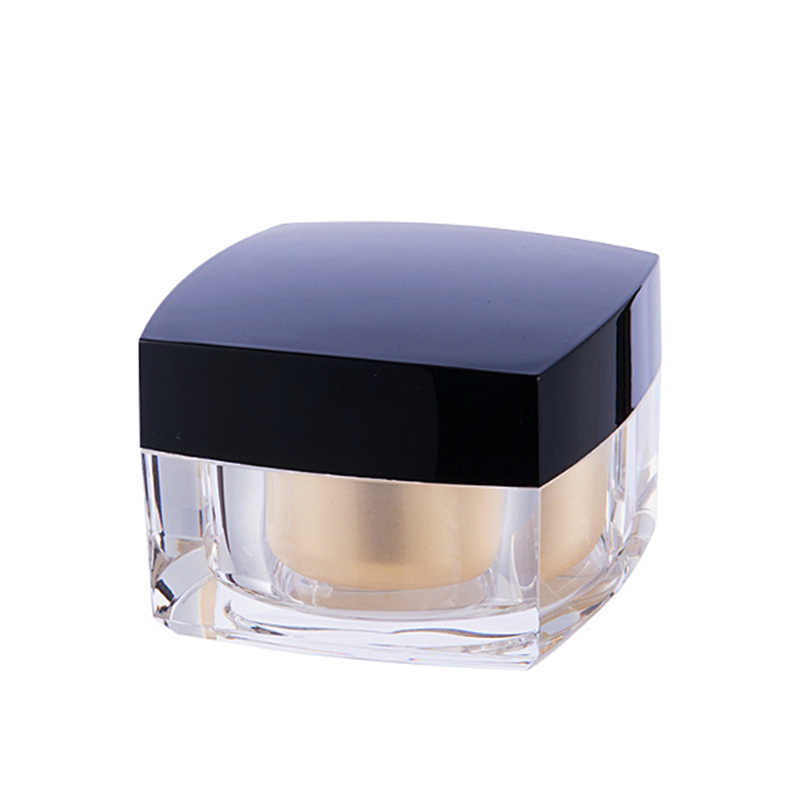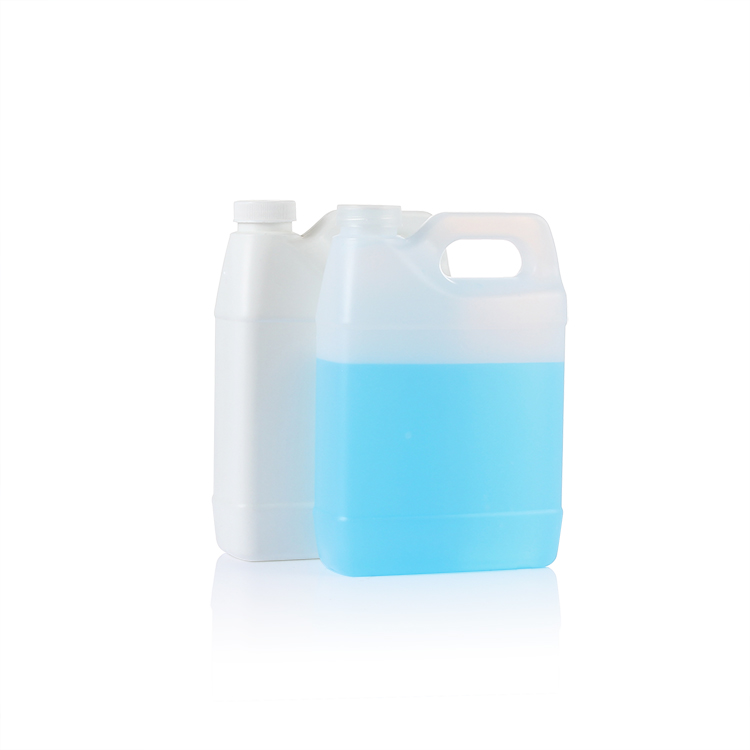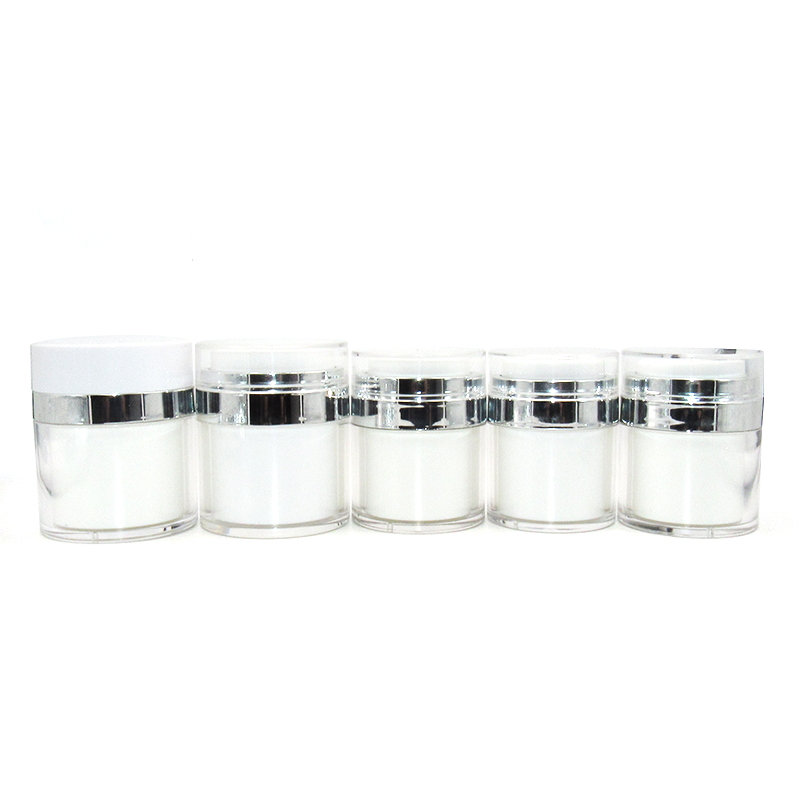Bottle Neck Finishes: Dimensions, Thread, Types and How to Measure
The bottle neck finish, often overlooked, is a critical component of any container. It determines the type of closure that can be used, the overall aesthetics of the bottle, and the product's functionality. This article will delve deep into the world of bottle neck finishes, exploring the various dimensions, thread types, and measurement techniques.
Key Components of a Bottle Neck Finish
Before discussing the various types of finishes, it's important to understand the key components that make up a bottle neck finish:
- Neck Diameter: The internal diameter of the bottle neck.
- Finish Diameter: The external diameter of the bottle neck at the point where the closure threads begin.
- Thread Diameter: The diameter of the thread itself.
- Thread Pitch: The distance between two corresponding points on adjacent threads.
- Thread Depth: The depth of the thread cut into the neck.
- Height: The overall height of the finish.
Types of Bottle Neck Finishes
Bottle neck finishes can be broadly classified into two main categories:
1. Continuous Thread Finishes
- Description: These finishes have a continuous thread that spirals around the neck of the bottle.
- Types:
- CC (Continuous Thread): A standard continuous thread finish.
- CT (Continuous Thread): Similar to CC, but often used for specific applications.
- Lug Finish: A continuous thread with lugs or ridges for added grip.
- Advantages: Versatile, secure closure, and can accommodate a wide range of closures.
2. Lug Finishes
- Description: These finishes have lugs or ridges around the neck of the bottle, often in conjunction with a continuous thread.
- Types:
- Lug Finish: As mentioned above, with or without a continuous thread.
- Serrated Finish: A finish with serrated edges for added grip.
- Advantages: Improved grip, can accommodate special closures, and can enhance the aesthetics of the bottle.
Measuring Bottle Neck Finishes
Accurate measurement of bottle neck finishes is essential for selecting the correct closure. The following tools are commonly used:
- Caliper: Measures the diameter of the neck and finish.
- Thread Gauge: Measures the thread diameter, pitch, and depth.
- Go/No-Go Gauges: Used to verify if a closure fits the finish correctly.
Factors Affecting Bottle Neck Finish Selection
- Product: The type of product being packaged will influence the choice of finish. For example, carbonated beverages may require a more secure closure.
- Closure: The desired closure will dictate the type of finish needed.
- Aesthetics: The overall appearance of the bottle and its cap should be considered.
- Manufacturing Process: The manufacturing process can limit the types of finishes that can be produced.
- Regulatory Requirements: Certain industries may have specific regulations regarding bottle neck finishes.
Custom Neck Finishes
Many manufacturers offer custom neck finishes to meet specific customer requirements. Custom finishes can be designed to improve product differentiation, enhance performance, or address unique packaging challenges.
Conclusion
The bottle neck finish is a critical component of any container, affecting both the functionality and aesthetics of the package. By understanding the various types of finishes, their dimensions, and the factors that influence their selection, manufacturers can ensure that their products are packaged securely and efficiently.
